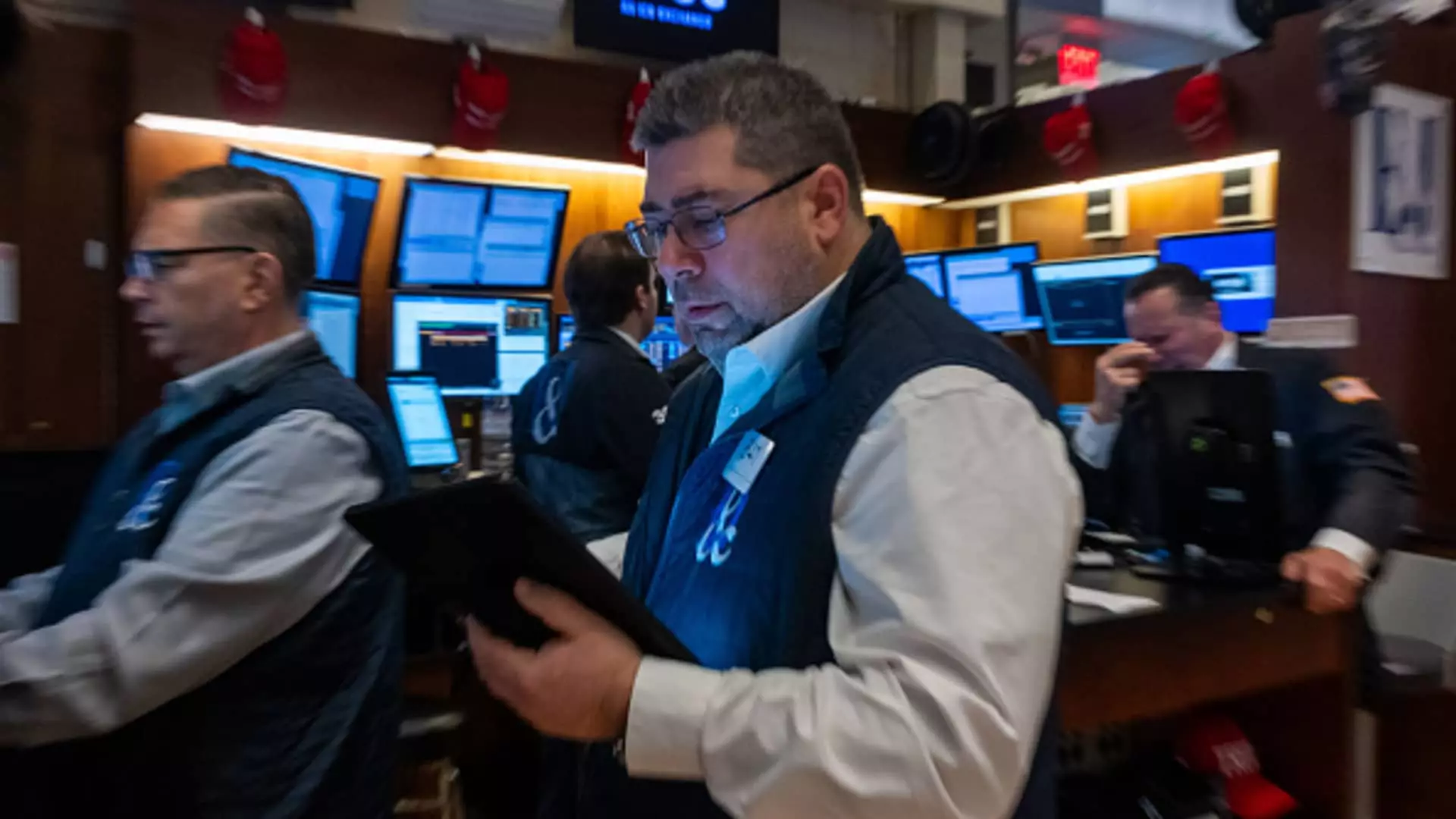In recent years, there has been a remarkable influx of leveraged and inverse ETFs into the stock market, driven primarily by speculative trading behaviors and a generational shift in investment tactics. Unlike traditional ETFs, which aim to replicate the performance of indices, these products promise amplified returns — or losses — within a single trading day. This article delves into the growing prominence of these financial instruments, the demographics of their investors, and the underlying mechanics that make them both alluring and risky.
At their core, leveraged ETFs are designed to magnify the daily returns of an underlying index or asset. For example, a 2x leveraged ETF aims to produce double the daily return of a specific index; conversely, inverse ETFs aim to deliver the opposite daily performance. While these products have been available since 2006, their popularity has surged since the advent of single-stock leveraged ETFs in 2022, which have further diversified investment options by providing exposures to individual stocks like Nvidia and Tesla.
The growth in assets under management for these ETFs is noteworthy. As of now, leveraged and inverse ETFs represent a substantial fraction of the total ETF market, which has expanded dramatically from approximately $2 trillion in 2016 to about $11 trillion today. Their rise from 2% to nearly 8% of total assets under management exemplifies an evolving investment landscape eager for high-stakes trading.
Recent data reveals a distinct uptick in trading volumes associated with leveraged and inverse ETFs, suggesting a reaction to the volatile market environment. As investors increasingly look for ways to capitalize on short-term market movements, these ETFs have become instrumental. Douglas Yones, CEO of Direxion, highlights how the influx of trading options expands as investors seek ways to respond to daily headlines that influence market conditions.
The COVID-19 pandemic and subsequent economic shifts have only intensified the speculative nature of the markets. While traditional long-term investing still holds weight, there is a palpable interest among retail traders, especially younger generations, in rapidly changing assets, such as cryptocurrencies and options. With just a smartphone, these traders can easily access a suite of financial products, including leveraged investments, appealing to their desire for immediate gratification in returns.
Research indicates that approximately 75% of the ownership in leveraged and inverse ETFs comes from retail traders, with institutional investors holding the remainder. This ratio showcases how these products are predominantly available to everyday traders willing to navigate the complexities of leveraged trading. Interestingly, a notable percentage of retail traders are based outside the U.S., reflecting a global appetite for these products. The allure of 24-hour trading has particularly resonated with retail investors in South Korea, Japan, and Europe.
Despite their popularity, the risks associated with leveraging investments are crucial to recognize. Given the daily reset feature of leveraged and inverse ETFs, investors may not achieve the expected returns over periods longer than a day. For instance, if an investor buys into a 2x leveraged ETF expecting doubled returns over multiple days, unexpected market fluctuations can yield contrary results due to the compounding effect of losses.
The risks associated with leveraged investments cannot be understated. When volatility strikes, holding onto leveraged ETFs becomes particularly hazardous. A scenario illustrates how daily resetting significantly affects returns. If an investor utilizes a 2x leveraged product, they might find their losses exceeding what would naturally occur with the asset they aimed to replicate. This complicates strategic planning and calls for detailed understanding and vigilance.
Though these products can serve as effective short-term trading options, they are not intended for long-term strategies. Investors must remain acutely aware of the environment and the market performance against which these leveraged positions are measured. Capitalizing on short-term movements necessitates constant market observation as conditions can shift rather suddenly.
Leveraged and inverse ETFs represent a significant evolution in trading and investment strategies across the global market. While they have opened the door to new opportunities, they simultaneously carry unparalleled risks that warrant careful navigation. As the market continues to evolve and as more individuals engage in speculative trading, the importance of education and risk management becomes critical. In a landscape teeming with both potential and peril, the balance between reward and risk remains as nuanced as ever.

